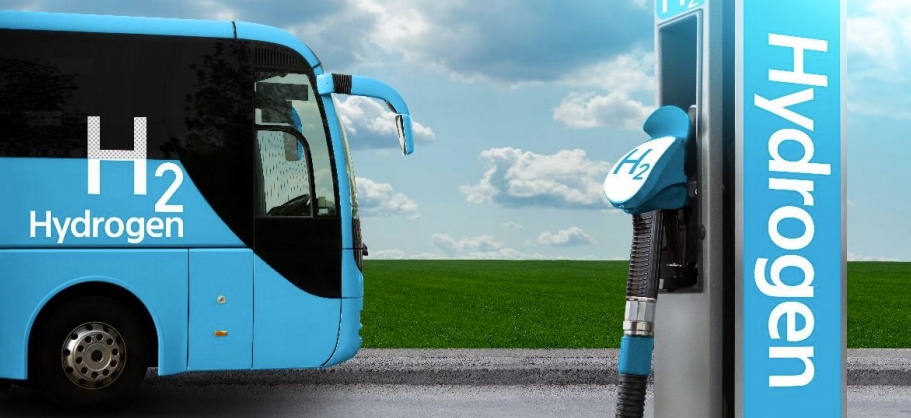Welcome to the fifth bulletin about the Metro Tasmania – Zero Emission Bus (ZEB) Trial. In this bulletin we provide an overview of Hydrogen Refuelling Stations (HRS) and refuelling a Fuel Cell Electric Bus (FCEB).

What is a Hydrogen Refueling Station and how does it work?
- A Hydrogen Refuelling Station (HRS) delivers the hydrogen required to power a FCEB, filling up its on-board storage tanks. It is essentially the equivalent of a diesel refuelling station filling up the tank in a diesel bus, although with some additional complexities.
- Hydrogen is a lightweight gas (the smallest and lightest element) and needs to be compressed to allow it to be practically used in a FCEB. Typically the hydrogen pressures used in a FCEB and HRS is 350 bar (or almost 350 times atmospheric pressure), which requires specialised equipment.
- An HRS typically consists of a number of key components, including on-site hydrogen storage tanks, hydrogen compressor/s and hydrogen dispenser/s, with various configurations and layouts possible depending on requirements.
- The HRS for the trial will be located at Metro Tasmania’s Mornington Depot and ideally will be configured in a way that readily allows for potential future re-location. It is intended that hydrogen will be delivered by tube trailer to the HRS, with the tube trailer left on-site (and swapped over as required) to act as hydrogen storage.
- The HRS will have sufficient capacity to allow for daily refuelling of the three FCEBs used in the trial (plus some additional spare capacity). It is expected to take up to 15 minutes to refuel each FCEB, with refuelling to be carried out by appropriately trained personnel.
- This will be the first HRS installed in Tasmania, and one of only a few so far installed in Australia, providing valuable experience and learning not just for Metro but for the emerging hydrogen industry.
- Importantly the HRS supplier will be required to comply with appropriate regulations and standards, to ensure the HRS is safely designed, installed, operated and maintained.
